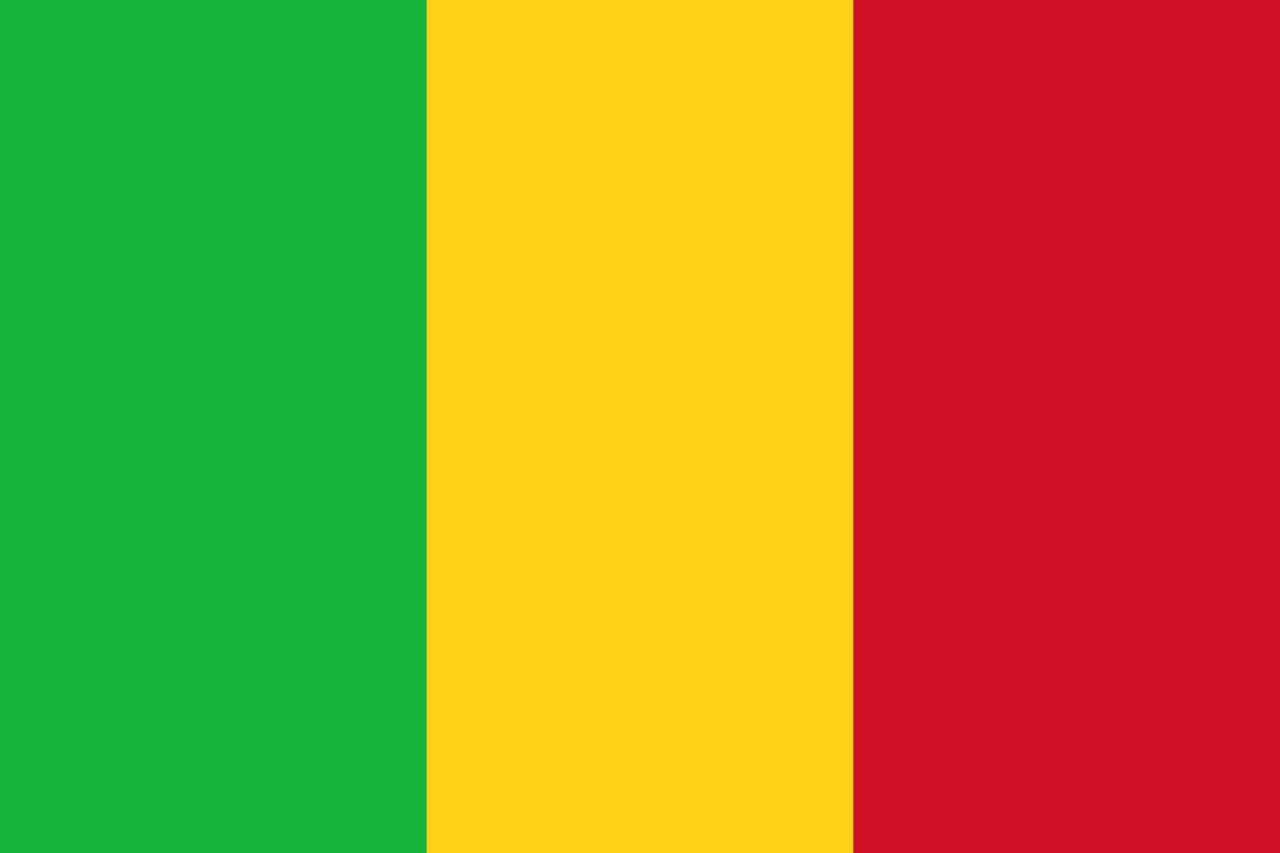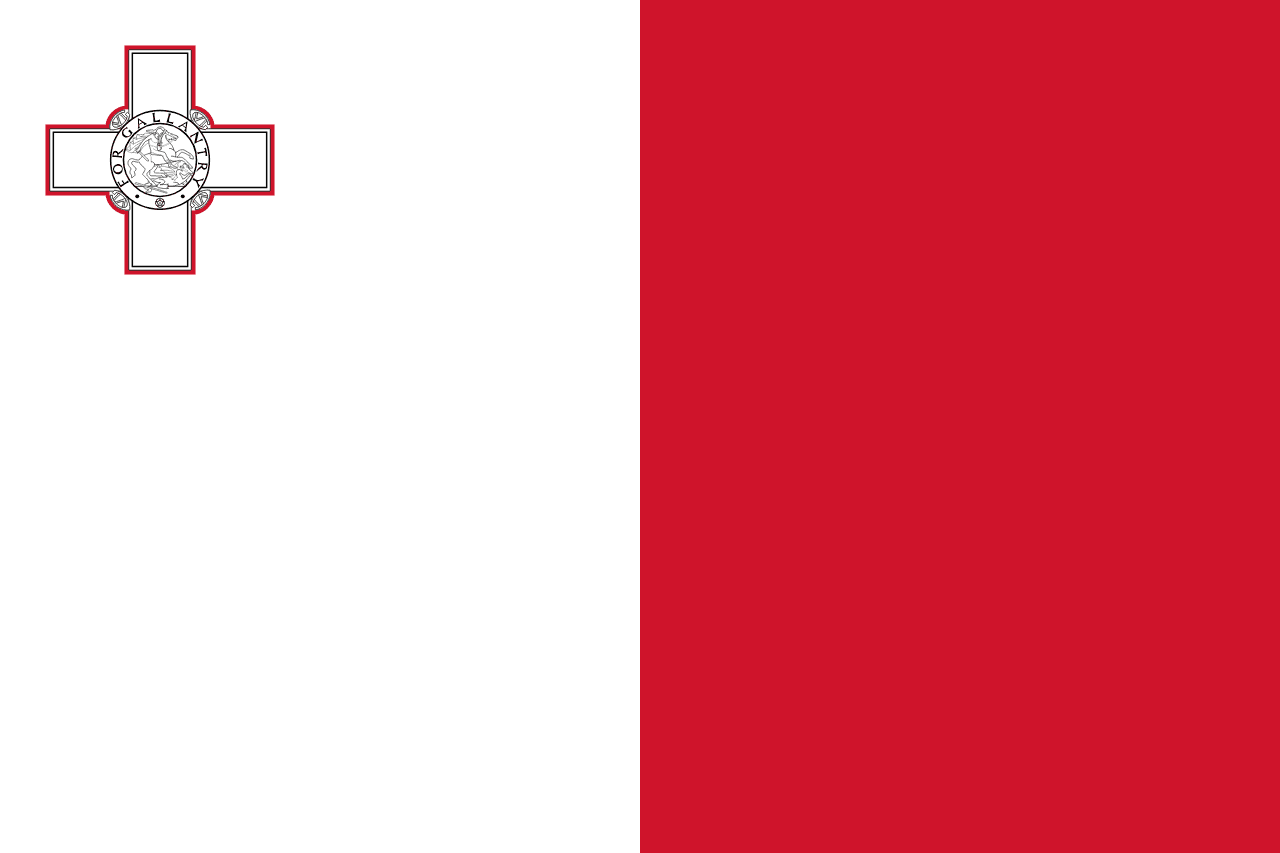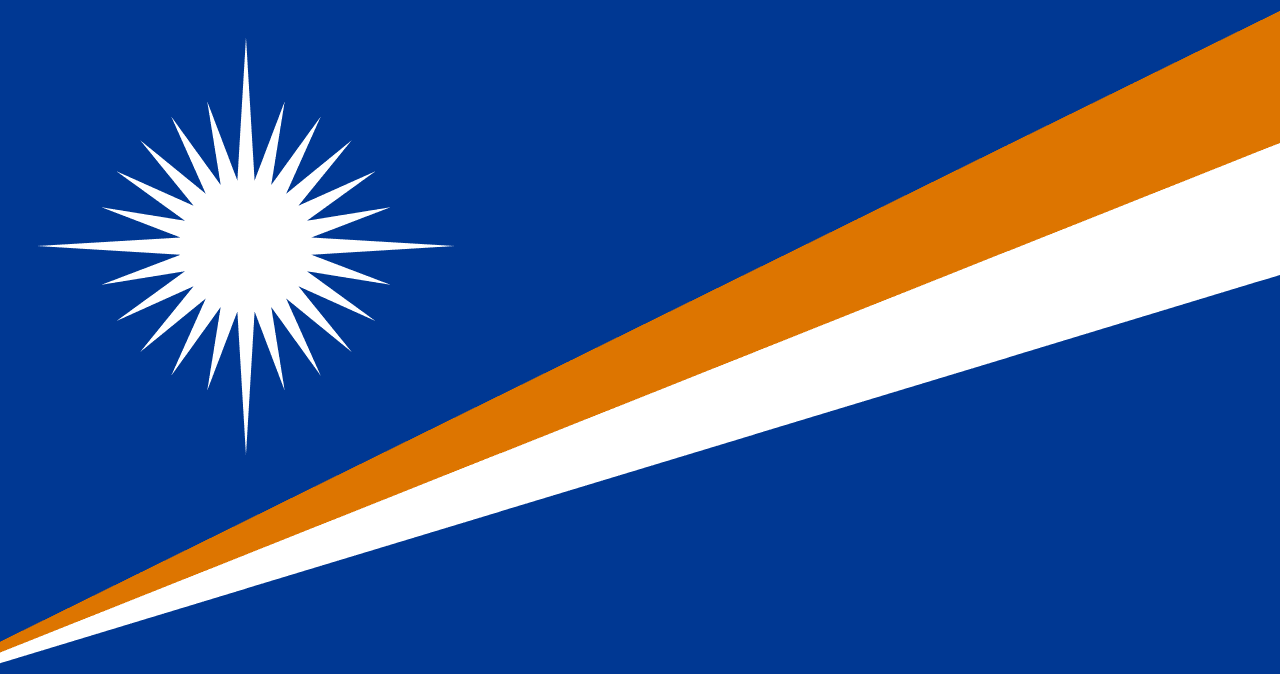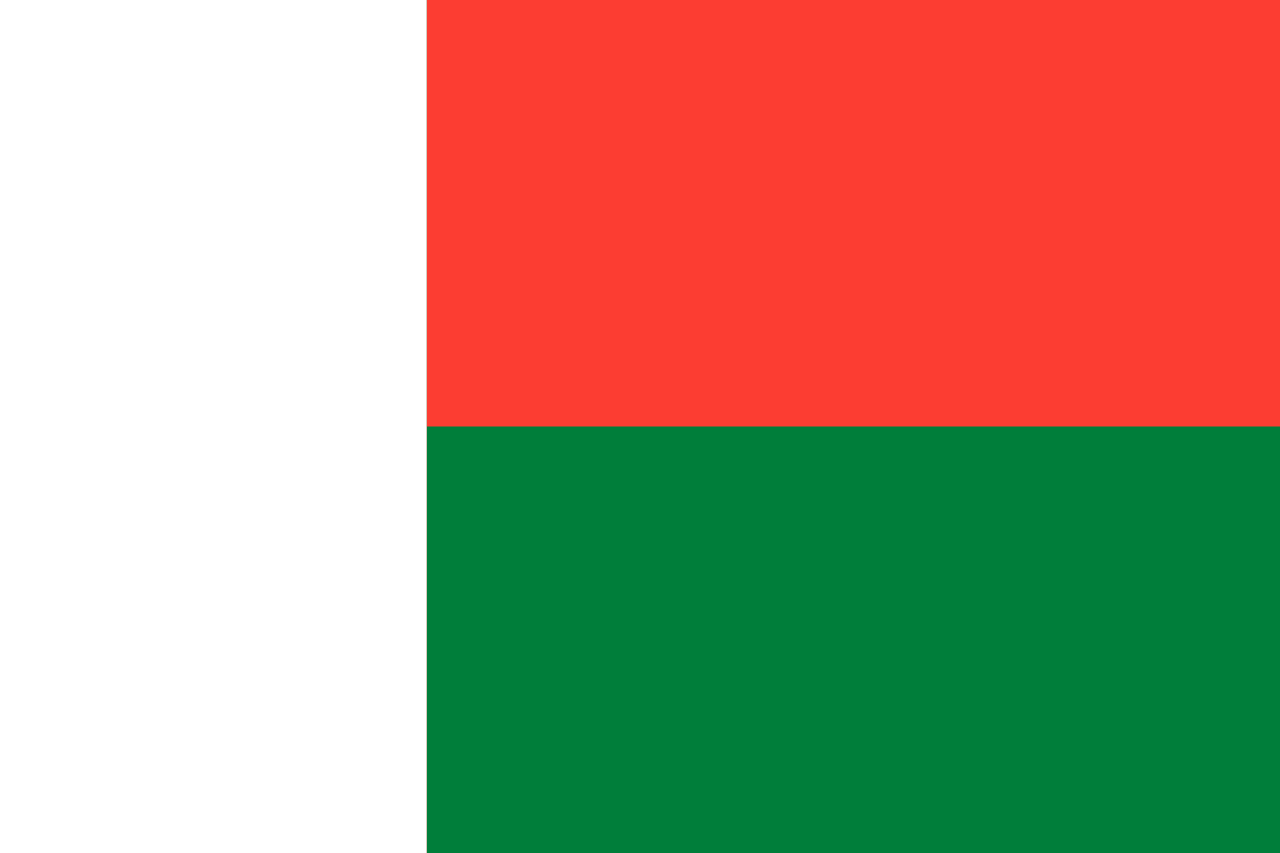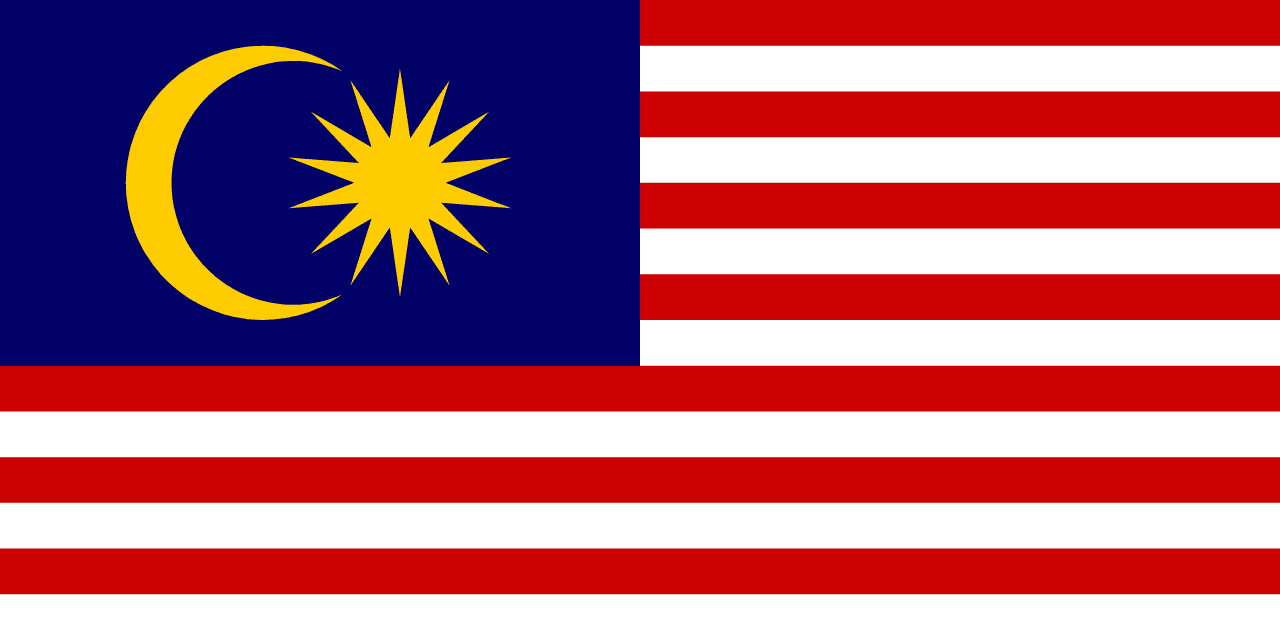The flag of the Maldives features a striking design with a red field encompassing a green rectangle in the center, which in turn contains a white crescent. This visually captivating flag represents the rich history, culture, and aspirations of the Maldivian people.
Maldives information
| National Flag Day | July 26 |
| Sovereign state | Yes |
| Official name | Republic of Maldives |
| Capital | Malé |
| Population | 430,000 |
| Area | 300 km² |
| Currency | Maldivian rufiyaa (MVR) |
| Language | Dhivehi |
| Continent | Asia |
| Region | South Asia |
| Subregion | — |
| Borders | — |
| Timezone | Maldives Time (MVT) UTC+5 |
| Calling code | +960 |
| Top-level domain | .mv |
History of the Maldivian flag
 Adopted on July 26, 1965, the Maldivian flag has a history that dates back to the early 20th century. The original design, featuring a red field with a black and white striped hoist, was first introduced in 1926 during the reign of Sultan Muhammad Shamsuddeen III. In 1953, the flag underwent a significant transformation, incorporating the green rectangle and white crescent that remain integral to the current design. The 1965 adoption coincided with the Maldives gaining full independence from British protection, marking a new era for the island nation.
Adopted on July 26, 1965, the Maldivian flag has a history that dates back to the early 20th century. The original design, featuring a red field with a black and white striped hoist, was first introduced in 1926 during the reign of Sultan Muhammad Shamsuddeen III. In 1953, the flag underwent a significant transformation, incorporating the green rectangle and white crescent that remain integral to the current design. The 1965 adoption coincided with the Maldives gaining full independence from British protection, marking a new era for the island nation.
Symbolism and design of the Maldivian flag
The Maldivian flag is deeply symbolic, with each element carrying profound meaning. The vibrant red field represents the bravery and courage of the Maldivian people throughout their history, including their struggles against colonial powers. The green rectangle symbolizes peace, prosperity, and the lush natural environment of the archipelago, including its famous palm trees and tropical vegetation. The white crescent embodies the Islamic faith, which has been the state religion since the 12th century and continues to play a significant role in Maldivian culture and governance.
Usage and significance of the Maldivian flag
 The Maldivian flag serves as a powerful symbol of national identity and pride. It is prominently displayed on government buildings, schools, and public institutions throughout the country. During national holidays such as Independence Day (July 26) and Republic Day (November 11), the flag takes center stage in celebrations and parades. Maldivian citizens often display the flag to show their patriotism and unity, particularly during international sporting events or diplomatic functions.
The Maldivian flag serves as a powerful symbol of national identity and pride. It is prominently displayed on government buildings, schools, and public institutions throughout the country. During national holidays such as Independence Day (July 26) and Republic Day (November 11), the flag takes center stage in celebrations and parades. Maldivian citizens often display the flag to show their patriotism and unity, particularly during international sporting events or diplomatic functions.
Interesting facts about the Maldivian flag
- The Maldivian flag's design is unique among national flags, with its distinctive combination of a red field, green rectangle, and white crescent.
- The flag's proportions are precisely defined, with the green rectangle occupying two-thirds of the flag's width and three-quarters of its length.
- The Maldives has one of the world's lowest-lying countries, making the green in the flag particularly poignant as a symbol of the nation's commitment to environmental sustainability in the face of rising sea levels.
- The flag is sometimes referred to as the "Red Lightning" due to its bright red color and striking appearance.
- In Maldivian culture, the flag is treated with great respect, and there are specific protocols for its handling and display to maintain its dignity and symbolic importance.
